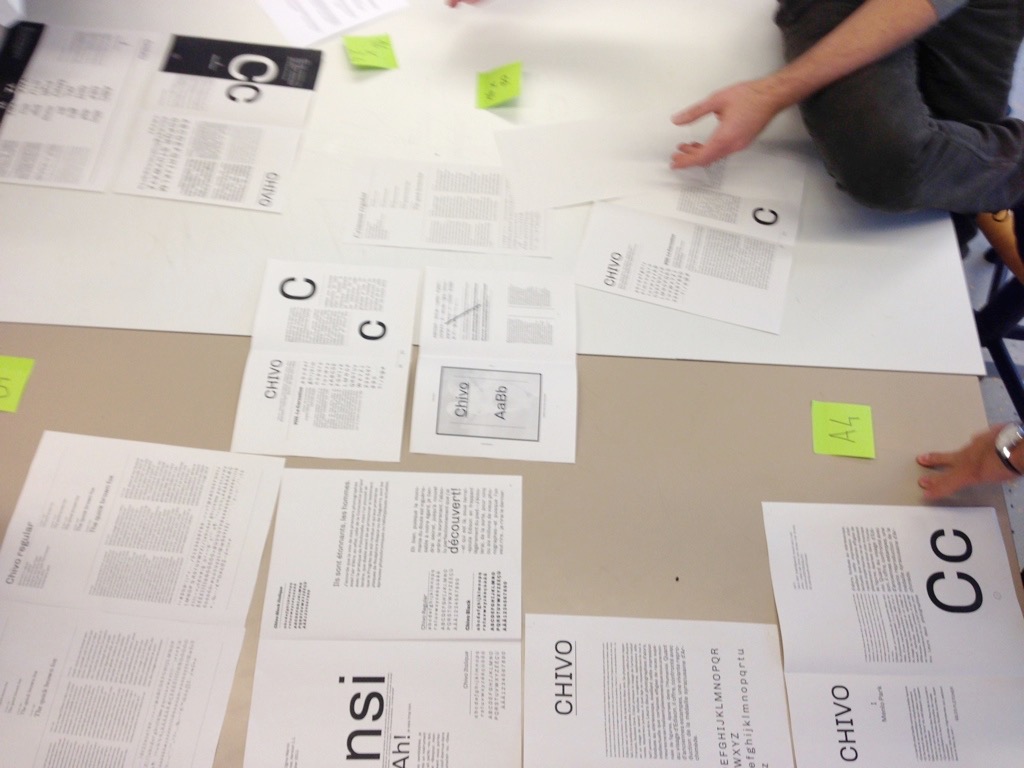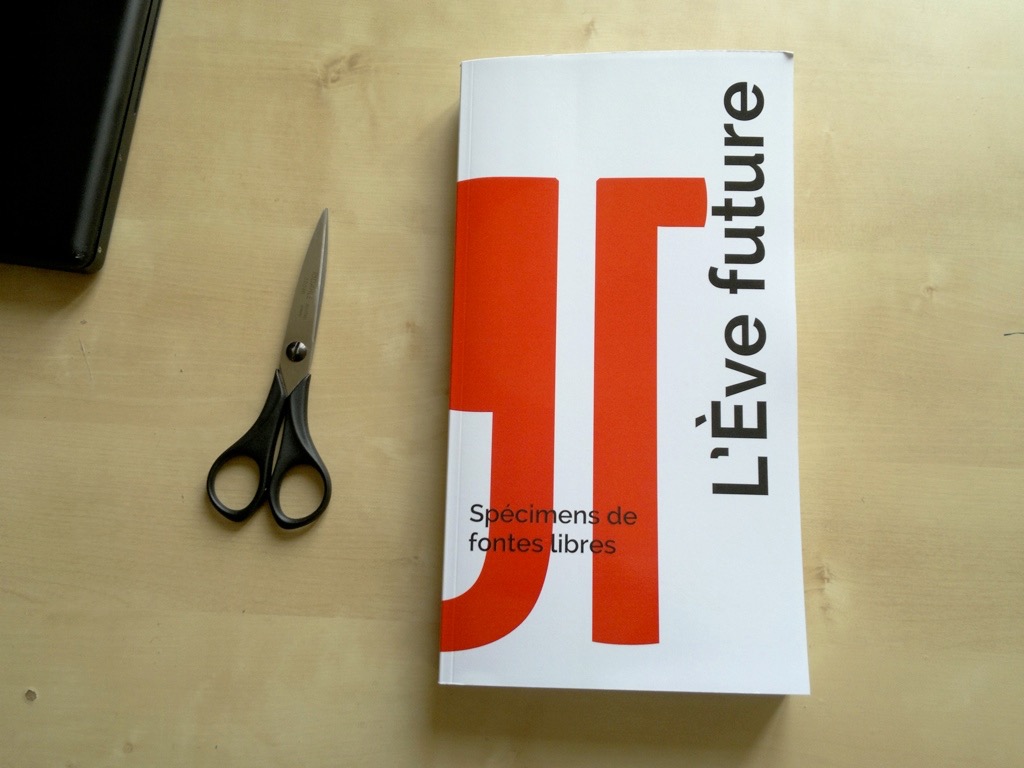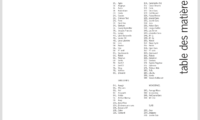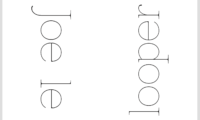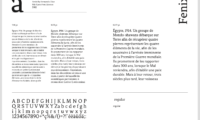Source: original brief by Manuel Schmalstieg, February 2013.
Participants design a specimen book of typefaces. They select a number of interesting typefaces, and create specimen pages. The pages are assembled into a book, which may be published using a print-on-demand service.
Typical steps during this brief:
- Define the scope of the book: What type of typefaces are to be chosen? How many pages will be produced by each participant? What will be the sample text?
- Create a specimen template that will be used by each participant. Each student should design a template, and during a critical session one of the template is chosen.
- Once the template is defined, the students can begin to create the specimens.
- In addition to the template-based specimens, each students should design a few pages of freeform, individual specimens where they can to break all rules and display the fonts in unexpected ways.
- To finish the book, some more things must be designed: cover page, backcover, introduction pages, index.
Bibliography: to give the students a frame of reference and inspiration, it’s a good idea to show them some specimen books. Maybe your school has some of them in the library. A few examples: specimen books by designers (Jean-Baptiste Levée, Radim Pesko), the iPad app of FontFont, the Free Font Index, books by Fred Smeijers…


